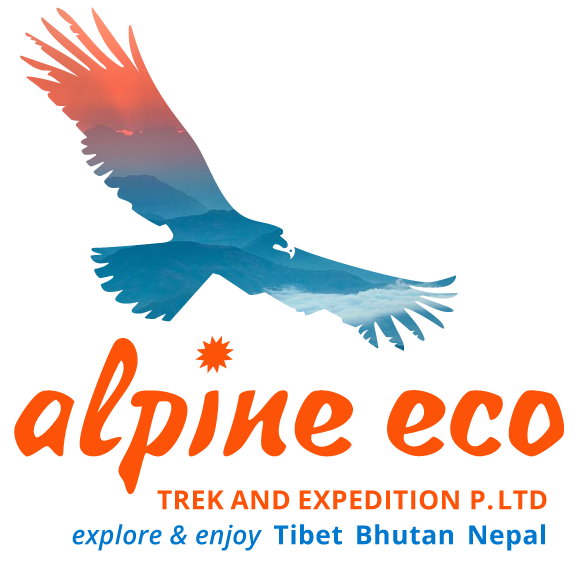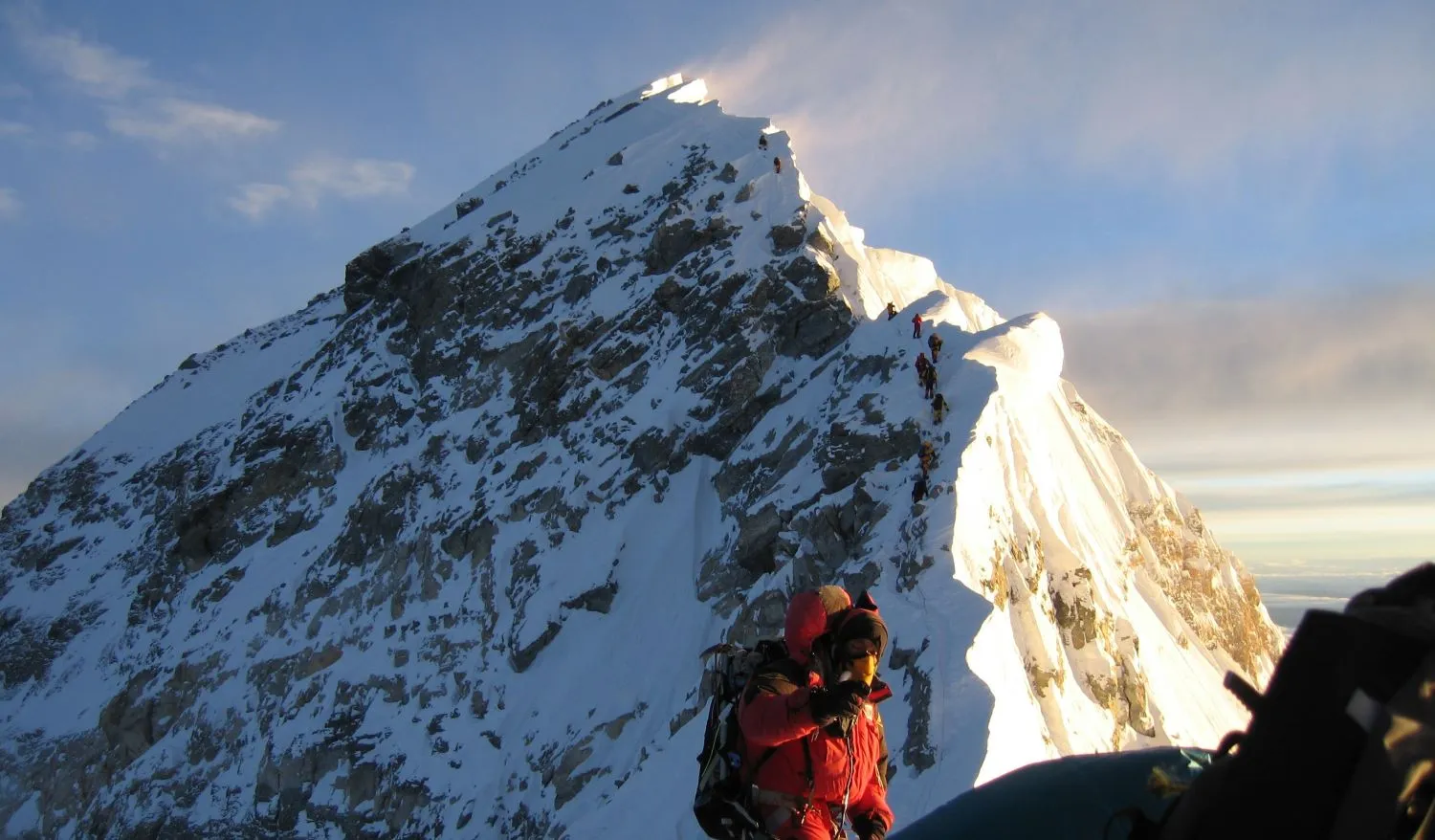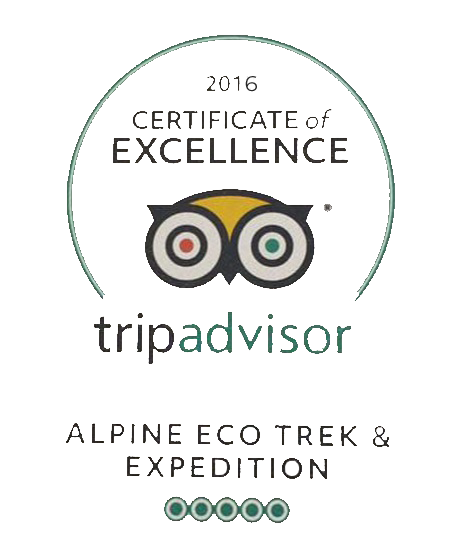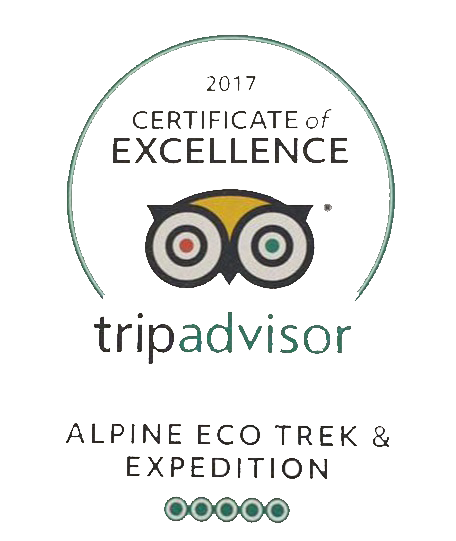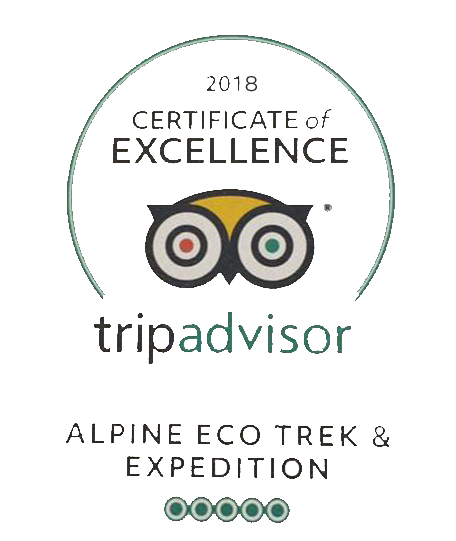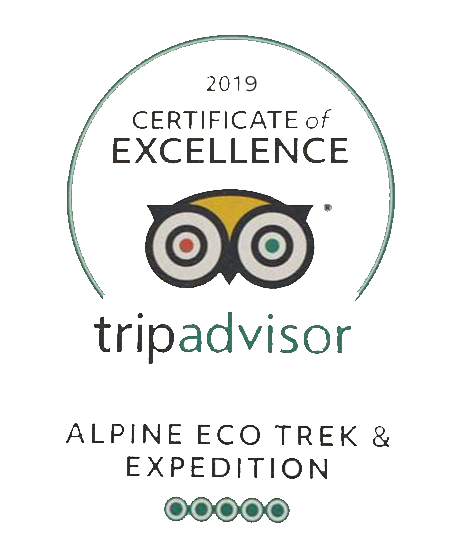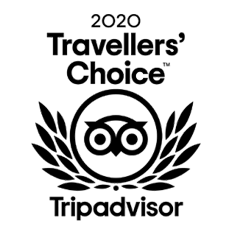Everest Base Camp (EBC) Helicopter Tour with Landing – 1 day trip
-
December 26, 2022
-
Ram Kumar Adhikari
As a country rich in natural and cultural resources, Nepal is filled with colossal mountains, pristine lakes, and tranquil settlements of indigenous communities rich in heritage. As such, Mount Everest (8848m), the top of the world, has continued to fascinate people from all over the world. While some want to conquer it, the magical view of the summit is breathtaking to others. If somebody is short on time or short of breath and would like an aerial view of Mt. Everest (8848m), the one-day Everest Base Camp Helicopter Tour is the one to opt for.
Why Choose the EBC Helicopter Tour over the EBC Trek?
Treks are the more famous and adventurous choice to witness Mt. Everest (8848m). There is a number of options that one can choose to undertake when trekking to the Everest region. The region encompasses some of the highest mountains in the world including Mt. Everest (8848m), Lhotse (8516m), and Cho Oyu (8188m). Similarly, the Sagarmatha National Park also spreads within the Everest region. Given that, everyone might not have the time or physical fitness to undertake the Everest Base Camp Trek or similar adventures. Everest Base Camp Helicopter Tour allows travelers to witness the dazzling beauty of Mt. Everest (8848m) while having the luxury to do it in a short time. So, many choose to do the EBC Helicopter Tour thanks to its easy accessibility and short duration.
Special Features and Attractions
The three main stops that the helicopter makes are at Kalapatthar, Everest Base Camp, and the Everest View Hotel.
Explore the Himalayas
While landing at Kalapatthar, the pretty Khumbu glacier comes into focus and stuns the viewers with its sparkling charm. Moreover, the actual attraction of this vantage point is the breathtaking view of Mount Everest (8848m). Numerous other peaks like Nuptse (7861m), Pumo Ri (7165m), Lhotse (8414m), and Cho Oyu (8188mm) among others. After some time, it is time to get into the helicopter and head to the Everest Base Camp. At the base camp of the world’s highest mountain, Mt. Everest (8848m), one can witness the glorious Khumbu Glacier and Icefall. Plenty of Himalayan panoramas are also visible from the base camp.
Breakfast with the Himalayas
Located in Syangboche village, Everest View Hotel (3,880 m) is one of the highest-altitude hotels in the world. It is not more than a half-hour trek from the popular destination of Namche Bazaar, so a lot of trekkers will also be making their way up to this hotel for a meal while enjoying the view of Mt. Everest (8848m) right in front of them. It is truly a unique experience to get to enjoy the view of such magnificent mountains from such lofty heights.
Itinerary Summary
The helicopter ride to Everest Base Camp begins early in the morning from Kathmandu. A short flight lands at Lukla Airport for refueling. Thereafter, the trip heads northeast offering views of the Gokyo Lakes. Shortly after, the helicopter lands at Kalapatthar, a few hours’ trek northwest from EBC. The view of Mt. Everest (8848m) is the best from here. After stopping here to soak in the view of the snowy and majestic peak, the trip heads to the Everest Base Camp. The base camp sits north of the majestic Khumbu Glacier and grants an amazing view of the surrounding Himalayas. Then, the helicopter turns around and lands at the helipad of the Everest View Hotel. After breakfast, it is time to fly back to Kathmandu.
Altitude/Distance
The trip generally takes approximately three hours to complete, flying from Kathmandu and back. The highest altitude where the helicopter land at Kalapatthar, which is at an elevation of 5545m, slightly higher than even EBC (5364m). One can rest assured that the trip is jam-packed with wonderful cultural and natural sights since the distance from Kathmandu to Kalapatthar is around 150 km, which is enough to cover quite a bit of the beauty of northeastern Nepal.
Climate/Season/Best time to Travel
Since there is heavy rainfall in the summer and very dense snowfall in the winter, the best time to take this trip is in spring (March-May) or in autumn (September-November). In the summer, the swirly mists could cover all the mountains and not let anyone get a glimpse of the peaks below and in the winter, the snow would cover everything, including the helipads. The autumn season clears the skies from the fog and is the ideal time to witness the Himalayas in the Everest range. Similarly, the view of the landscapes is surreal during the spring when the trails are decorated with blooming floras in the Sagarmatha National Park.
Culture/People/Wildlife/Cuisine
Sherpa- the guardians of the Himalayas
The Sherpas are the most prominent ethnic group that resides in the vicinity of Mt. Everest (8848m). They are of Tibetan descent and, consequently, they share a lot of their cultural and religious traditions with them. More than 93% of Sherpas are Buddhist and this is evident in their villages, spread throughout upper Nepal. Visiting and praying at gompas and stupas are a part of their daily ritual and while flying over their settlements, one can see wonderful views of long lines of praying wheels and prayer flags. Sherpas have been popularly known as hardy mountain people and almost all guides and porters are of this population. They have always been an indispensable part of anyone’s mountaineering journey.
Equally popular is traditional Sherpa food – steaming dumplings, potato pancakes, and noodle stew made in yak butter and with vegetables – which serve to not only provide great energy to the hardworking people but also provide mouth-watering taste. At the Everest View Hotel, one could eat such traditional delicacies or even continental food.
Bio-diversity
The Sagarmatha National Park covers much of the geographical span that one gets to see on the EBC Helicopter Tour. This Himalayan national park is also a UNESCO world heritage site and offers mind-boggling bio-diversity. Forests of Rhododendron, birch, fir, and juniper decorate the lands. In these forests, a number of rare and endangered species have made their habitat. Red Panda, Himalayan Tahr, and Snow Leopard are a few of the rare animal species available in the Sagarmatha National Park.
Highlights of the Trip
As the helicopter takes off and flies over Kathmandu Valley, it gives a panoramic view of the beauty that this cultural and religious mix is. Flying northeast gives more and more views of the natural wealth of this country¬ – the great mountain range of the Himalayas. Early on, one will see the Ganesh (7422m) and Manaslu (8163m) mountains to the northwest, Langtang (7227m), and Jugal Mountain peaks to the northeast. Further east, the helicopter will make its way above the Gaurishankar Conservation Area with its lush hills and splendid oak and rhododendron forests. Mount Gaurishankar (7134m) will also come into view soon – this is the mountain that Nepal Standard Time uses as its meridian.
As one flies further on, flying past the Rolwaling mountain range, Mount Melungtse (7181m), the tallest of the Rolwaling peaks, also emerges from the swirling mist. Now, it is only a matter of flying 40km east to reach Everest! And flying a few minutes further to Kalapatthar, the helicopter makes its descent to the helipad and the passengers are allowed to stay for a few minutes to take pictures of Everest and simply appreciate this gift of nature. Other mountains like Lingtren (6749m) and Changtse (7543m) are also visible from here.
Finally, flying over the Everest Base Camp, one is able to get a sweeping view of all the tents sprinkled around the camp of trekkers who have reached their final destination before their return and accomplished mountaineers whose journey has only just begun. Soaring above the camp, one can see the Khumbutse (6665m), Pumori (7165m), and Nuptse (7861m) peaks, all to the west of Everest.
On the return trip, while heading to Hotel Everest View, the helicopter can fly over Gokyo village – one of the highest settlements in the world – and give an aerial view of the unspoiled, turquoise Gokyo Lake.
Do’s and Don’ts during the Trip
For the Everest Base Camp Helicopter Tour, one should prepare for the Himalayan weather. Thus, wearing warm clothes is a must. Another thing to be careful about is not staying on for too long at any of the stops as, unlike the trekkers, the bodies of visitors who have come by helicopter have not had enough time to acclimatize to the altitude. One needs to let the pilot know as soon as anyone feels unwell and starts showing symptoms of altitude sickness.
Conclusion
The wisdom of people who say to collect experiences, not things shines through on this journey. It is not material goods but intangible experiences that make this tour worth it. People who make this trip are ones who do not let physical conditions or time constraints keep them from having one of the most unforgettable experiences of their lives. Witness the glorious Himalayas, these gifts of nature that have been around for thousands and millions of years. Become a part of its history and legacy, a part of something far greater than oneself.
